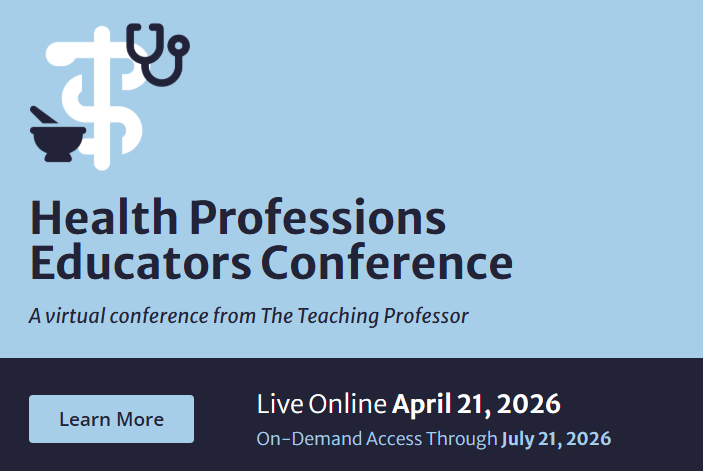Finding Signs of Progress When Learning is Slow
Slow learning—not to be confused with slow learners—is learning that happens gradually, where understanding deepens slowly and skills advance but without immediate noticeable change. Some learning occurs all at once; suddenly, there’s a performance breakthrough. Typically, fast learning feels easy, even if it was proceeded by a frustrating period of confusion. What is finally understood is so clear, so obvious—what is finally mastered no longer seems hard.



